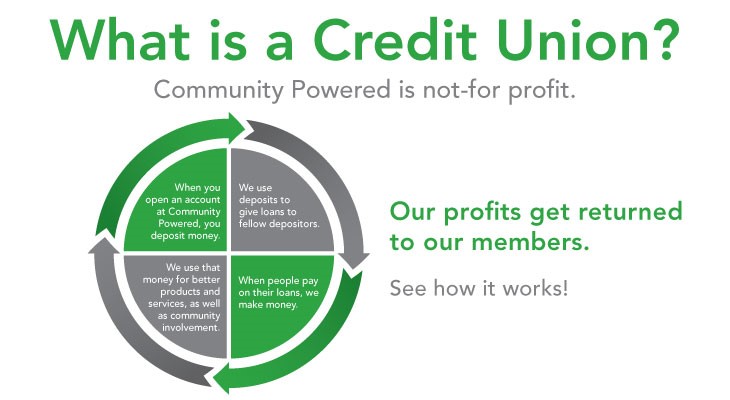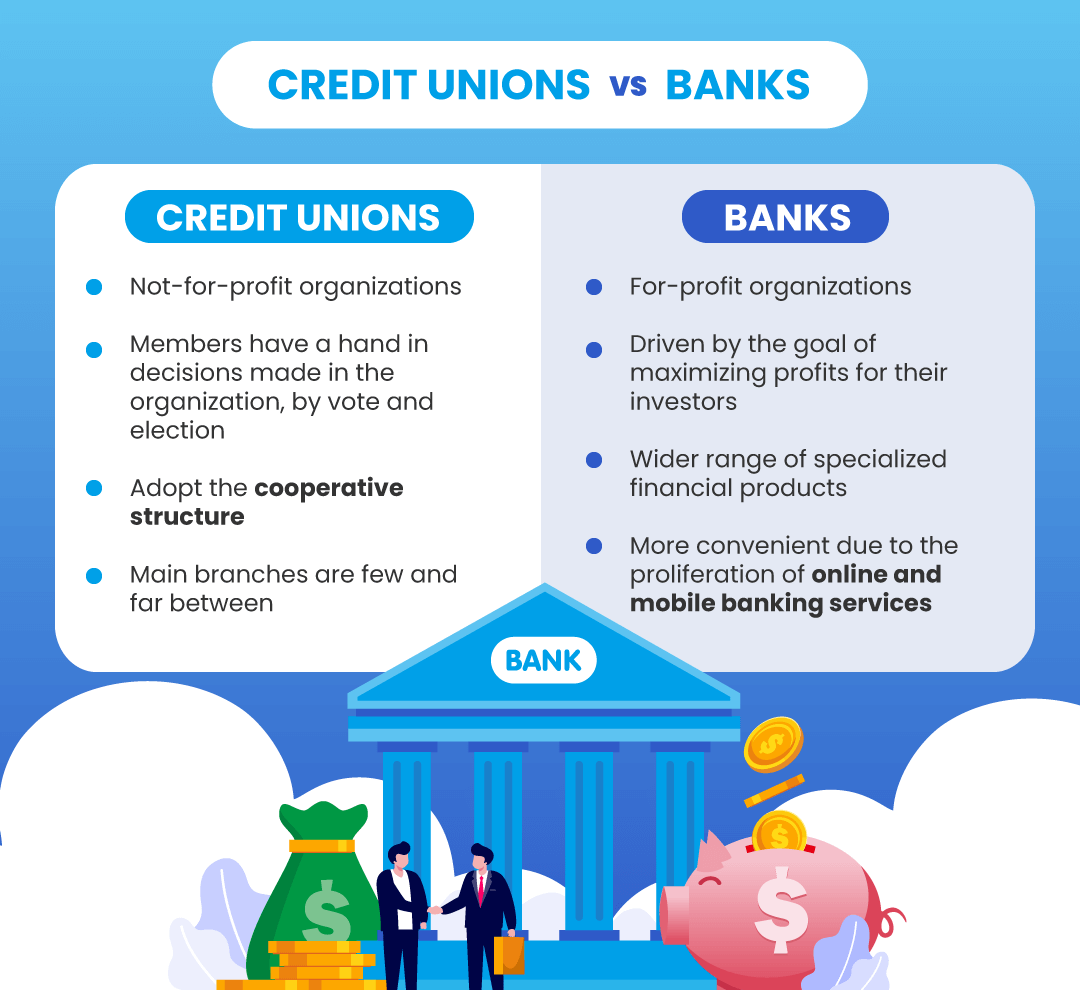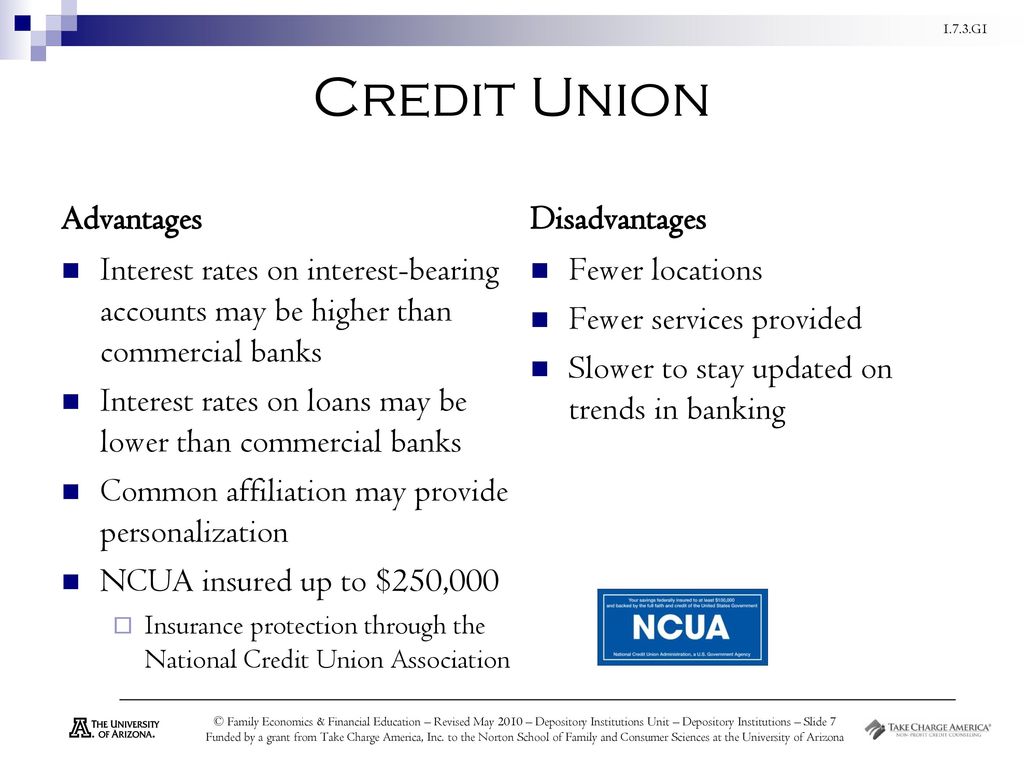The Ultimate Overview to Recognizing Lending Institution

Lending institution stand as distinct economic entities, rooted in concepts of mutual assistance and member-driven procedures. Nevertheless, beyond their foundational values, comprehending the complex functions of credit rating unions includes a deeper expedition. Untangling the complexities of subscription qualification, the evolution of services offered, and the unique benefits they bring requires a detailed evaluation. As we navigate via the details of lending institution, an informative trip awaits to clarify these member-focused organizations and how they vary from conventional financial institutions.
What Are Credit Rating Unions?
Lending institution are member-owned economic institutions that provide a series of financial solutions to their members. Unlike standard banks, cooperative credit union run as not-for-profit organizations, indicating their main focus is on offering their participants instead of maximizing profits. Participants of a cooperative credit union usually share a typical bond, such as benefiting the same employer, coming from the very same community, or belonging to the same organization.
One of the essential benefits of lending institution is that they frequently offer greater rate of interest on interest-bearing accounts and reduced interest rates on car loans contrasted to banks. Wyoming Credit Union. This is because lending institution are structured to benefit their participants straight, allowing them to hand down their incomes in the form of much better prices and fewer costs. Furthermore, credit report unions are understood for their customized customer care, as they prioritize building partnerships with their participants to understand their unique economic requirements and objectives
Background and Advancement of Credit Rating Unions
The roots of member-owned financial cooperatives, understood today as cooperative credit union, trace back to a time when areas looked for choices to standard banking institutions. The principle of lending institution originated in the 19th century in Europe, with Friedrich Wilhelm Raiffeisen commonly attributed as the pioneer of the cooperative banking motion. Raiffeisen established the initial identified cooperative credit union in Germany in the mid-1800s, emphasizing area assistance and self-help principles.
The development of lending institution continued in The United States and Canada, where Alphonse Desjardins established the very first credit history union in Canada in 1900. Quickly after, in 1909, the first united state cooperative credit union was developed in New Hampshire by a team of Franco-American immigrants. These very early lending institution operated the fundamental concepts of mutual support, autonomous control, and participant ownership.
In time, credit score unions have expanded in appeal worldwide because of their not-for-profit framework, concentrate on serving participants, and offering competitive economic services and products. Today, cooperative credit union play a crucial role in the monetary sector, offering community-oriented and available financial choices for businesses and people alike.

Subscription and Eligibility Criteria
Membership at a credit union is generally restricted to people fulfilling details qualification requirements based on the organization's starting concepts and Clicking Here regulative demands. Click Here Some credit rating unions might only offer people that live or work in a particular area, while others may be tailored to staff members of a certain business or members of a specific organization.
Furthermore, credit history unions are structured as not-for-profit companies, implying that their main objective is to serve their members as opposed to generate earnings for investors. This concentrate on member service commonly translates right into more tailored interest, lower fees, and competitive passion prices on financial savings and finances accounts. By meeting the qualification requirements and becoming a participant of a credit rating union, people can access a series of economic services and products customized to their particular demands.
Solutions and Products Used
Among the essential facets that sets lending institution apart is the varied series of monetary solutions and products they supply to their members. Lending institution usually offer typical banking solutions such as savings and checking accounts, loans, and credit report cards. Participants can additionally benefit from financial investment services, including retired life accounts and monetary preparation support. Numerous lending institution supply competitive passion rates on interest-bearing accounts and lendings, in addition to reduced fees contrasted to standard banks.
Additionally, cooperative credit union typically give convenient online and mobile banking alternatives for participants to easily manage their funds. They may supply benefits such as shared branching, enabling participants to access their accounts at other credit unions across the nation. Some credit score unions likewise give insurance policy products like home, car, and life insurance coverage to help members shield their possessions and enjoyed ones.

Advantages of Financial With Debt Unions
When considering economic organizations, checking out the advantages of financial with credit rating unions reveals unique advantages for members seeking tailored solution and affordable rates. Unlike large financial institutions, credit rating unions are member-owned and prioritize structure solid partnerships with their participants. On the see whole, financial with a debt union can offer a much more individualized, affordable, and member-centric economic experience.
Conclusion
In final thought, credit score unions stand out as member-owned financial institutions that prioritize serving their members over maximizing earnings. With beginnings dating back to 19th century Europe, credit rating unions comply with concepts of shared assistance and member ownership.
Credit scores unions are member-owned financial institutions that provide a range of banking solutions to their participants. The idea of credit rating unions stem in the 19th century in Europe, with Friedrich Wilhelm Raiffeisen typically credited as the leader of the cooperative financial movement.The development of credit scores unions continued in North America, where Alphonse Desjardins established the first credit score union in Canada in 1900. Credit history unions normally supply typical financial services such as cost savings and examining accounts, car loans, and credit score cards.When taking into consideration economic establishments, discovering the benefits of banking with credit score unions exposes special advantages for members seeking tailored solution and competitive prices.
Comments on “Credit Unions in Wyoming: Comprehensive Banking Solutions and Member Advantages”